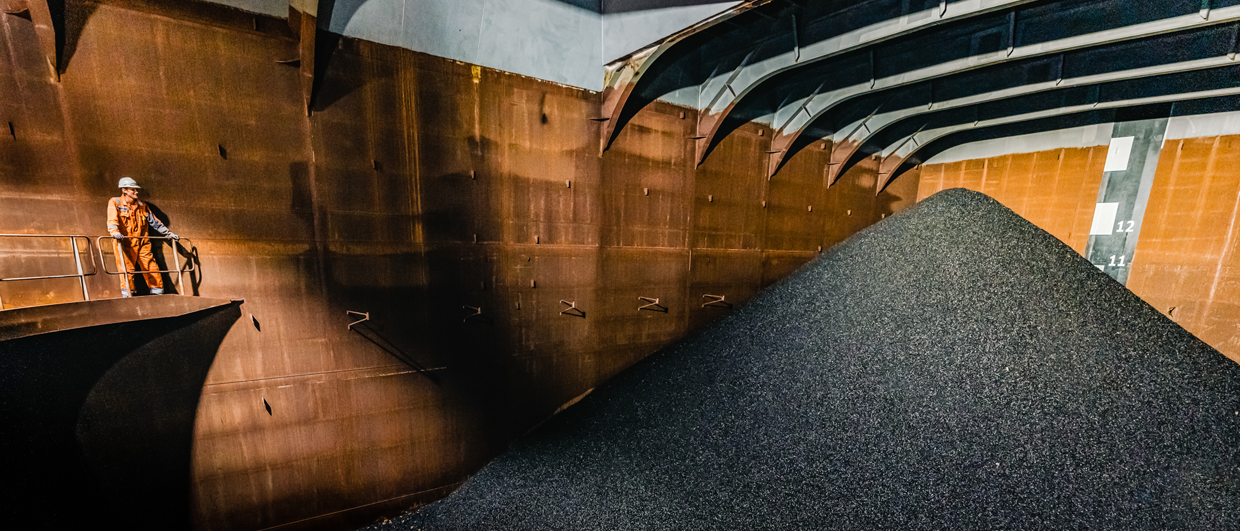Impossible Mining, a battery-metal mining start-up only two years old, is now working on Proof of Concept for both environmentally friendly nodule harvesting and bio-extraction technologies. No wonder the marine mining industry is curious.
Avoiding the plume
The most talked-about methodology to mine polymetallic nodules (PMN) is to vacuum them up. That sounds fascinating, but at the same time, biodiversity-rich sediments may follow suit and marine biologists argue that there is a lack of research on the undersea environment to fully understand the potential impact of using this methodology, such as the generation of a sediment plume.
Different from this, Impossible Mining’s technology will hover above the sea bottom to literally pluck individual metal nodules from the seabed.
“We are building autonomous underwater robotic vehicles (AUVs) to collect battery metals from the seabed. Our fleet of AUVs will utilize remote sensing and camera imaging technology to identify polymetallic nodules, a series of robotic arms to pick the nodules up individually, and a dynamic buoyancy system to maintain neutral buoyancy above the seafloor, as the AUV harvests and reaches its payload limit,” says Oliver Gunasekara, CEO & Co-Founder of the California-based company.
The remote sensing system will also enable the AUV to identify and avoid nodules that are hosting deep-sea fauna and to algorithmically program the AUV to leave behind a percentage of nodules as habitat corridors to ensure the ecosystem and habitat remains intact.
At Deep Sea Minerals 2022 in Bergen, October 26-27, Oliver Gunasekara will present a status update on the two projects described in this article. The talk is entitled “Economically Viable Selective Harvesting & Green Processing of Polymetallic Nodules”.
“Our technology is being developed in a manner that avoids the creation of a significant sediment plume that would impact nodules left behind, or the benthic ecosystem. The operation of the AUVs will avoid contact with the seafloor sediment, and the AUVs themselves are designed to ensure the buoyancy system, the harvesting system, and the overall fluid dynamics of the AUV minimize any production of sediment plume,” says Gunasekara, a serial entrepreneur having founded and led 3 technology companies.
Conceptual economic modelling indicates that a fleet of 80 AUVs with two support vessels can achieve a 3Mt production rate with more favourable economic results than a dredge-like approach.
Innovative processing
“In addition, we are developing a novel, energy-efficient, microbial bio-extraction method for the processing of polymetallic nodules. Bio-extraction is different to traditional bio-leaching where the bacteria is used to generate acid to allow the leaching of metals. By comparison, bio-extraction occurs at neutral pH, in a process that is complete within hours,” says Gunasekara.
Low energy processing
The bio-extraction methodology draws on knowledge gained from basic research on a group of bacteria that can rapidly dissolve various metal oxides, including insoluble iron (Fe) and manganese (Mn) oxides, under anaerobic conditions, thereby reducing the metal oxides to soluble metal salts. This technique will enable low-energy processing of minerals without traditional reagents like arsenic and cyanide, without generating toxic waste and without using fresh water. Furthermore, Impossible Mining will aim to achieve carbon neutrality, and eventually carbon negativity, by utilizing fossil fuel-independent carbon and energy sources for the microbes.
Impossible Mining has already tested bio-extraction at the laboratory level on PMN and the technology has shown to be extremely effective, achieving recovery rates commensurate with existing mineral processing methodologies, and without the generation of a waste stream.
Concept economic modelling done by the mining company indicates that bio-extraction also has the potential to be extremely cost-effective when compared to any other form of mineral processing, for both CAPEX and OPEX, due to the low energy inputs, lack of reagent inputs and the lack of waste storage infrastructure required.
“When proven at scale, we believe this technology will completely disrupt current mineral processing methods, particularly the currently proposed mineral processing methods for polymetallic nodules, delivering a pathway to carbon-neutral, waste-free processing for the deep-sea mining industry,” Oliver Gunasekara concludes.
Deep sea mineral mining may be closer than environmentalists would like to think.
Doing better
“If we are the first company that shows those standards can be met, then the others have no choice but to follow. They will compete, they will innovate, and then the industry as a whole is doing better for the planet.”
Renee Grogan, co-founder and chief sustainability officer of Impossible Mining, to TIME magazine.




